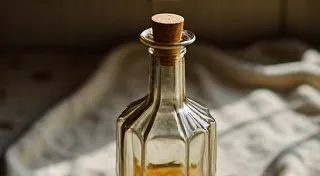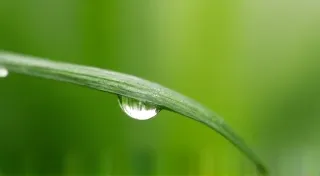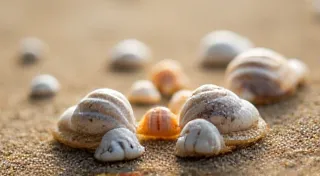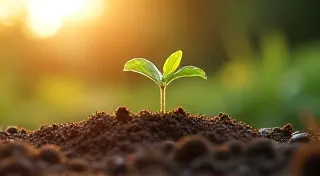Whispers from the Meadow: Harvesting Wild Herbs Responsibly
There’s a particular scent that clings to memories: the musty aroma of old wood, the subtle sweetness of aged bellows leather, and the faintest trace of beeswax. It’s the smell of an antique accordion, a tangible connection to generations of musicians and artisans. Holding one, feeling the weight of its history, is a surprisingly emotional experience. It’s a feeling not entirely dissimilar to the reverence I feel when stepping into a meadow teeming with wildflowers, knowing I might gather some of their gifts – but only with the utmost respect and care. The parallels, perhaps surprising, highlight a deep-seated desire to connect with something older, something made by hand, and to participate in a cycle of renewal.
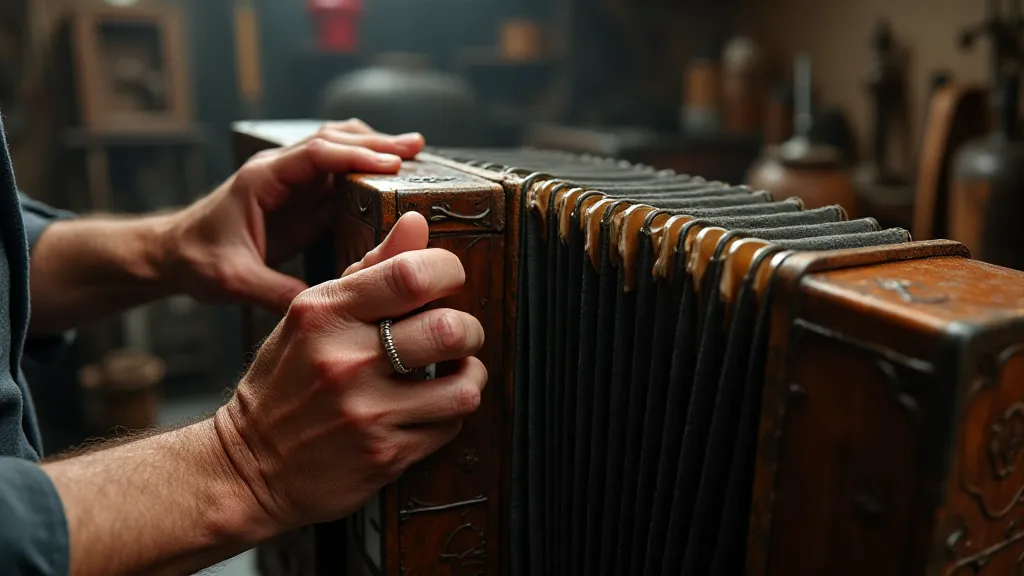
The Accordion’s Echo: A History of Craftsmanship
The accordion, as we know it, took shape in the 19th century, evolving from earlier folk instruments. Imagine the workshops of Vienna and Bohemia – the rhythmic pounding of hammers, the precise measurements of wood, the meticulous winding of reeds. Each accordion was a testament to the craftsman's skill, a complex machine brought to life through countless hours of labor. My grandfather, a polka musician, had a beautiful Hohner Excelsior. He's gone now, but the memory of him playing, the way his fingers danced across the keys, is inextricably linked to that instrument. It wasn’t just music; it was a legacy, a connection to his ancestors. He taught me that true appreciation lay not just in the sound, but in understanding the effort and artistry behind it.
Similarly, understanding the life cycle of wild herbs – knowing when they bloom, how they spread, and their role in the ecosystem – is crucial before even considering gathering them. This knowledge is the foundation of responsible harvesting. The nuanced needs of our animal companions often require tailored herbal blends; for instance, different breeds can respond uniquely to certain herbs, requiring careful consideration akin to tuning an accordion’s reeds. This is where considering approaches like the alchemist's palette revisited: blending for specific breeds becomes invaluable.
Respecting the Meadow: Ethical Harvesting Principles
The meadow isn’t an endless supply. It’s a delicate ecosystem, a tapestry woven from countless interconnected threads. To treat it with anything less than reverence is to risk unraveling that tapestry. Just as a cracked reed or a poorly fitted valve can ruin an accordion's voice, careless harvesting can damage the health and vitality of a plant population.
Here are some guiding principles for ethical and sustainable wildcrafting, particularly relevant for those seeking ingredients for tea blends for dogs, cat herbal remedies, safe tea for pets, herbal remedies for rabbits, or pet wellness tea recipes. These principles apply regardless of whether you are gathering chamomile for a calming dog tea or dandelion root for a rabbit’s digestive support:
- Know Your Plants: This is paramount. Misidentification can have serious consequences. What appears to be a harmless weed might be poisonous. A thorough knowledge of botany is essential. Utilize reliable field guides, consult with experienced herbalists, and double-check your identifications. Never guess.
- Obtain Permission: If the plants are not on your own property, obtain permission from the landowner before harvesting. Respect their rights and their understanding of the land.
- Harvest Sustainably: Never take more than one-third of a plant population. Leave plenty for the plant to regenerate, for wildlife to feed on, and for seed dispersal. Focus on areas with abundant plants, rather than depleting small patches. Harvest seeds whenever possible – they are a precious gift and a promise of future growth.
- Consider the Time of Year: Plants are not always at their peak potency. Harvest roots in the fall after the plant has completed its above-ground growth cycle. Harvest leaves at their peak fragrance. Be mindful of blooming seasons and avoid harvesting during critical pollination periods.
- Minimize Disturbance: Avoid trampling surrounding vegetation. Use tools, like small trowels or scissors, to harvest plants with minimal soil disturbance. Leave the area as you found it, or even better, leave it tidier.
- Be Mindful of the Ecosystem: Recognize that plants are interconnected with other species. Your harvesting practices may impact insects, birds, and other animals. Be observant and adapt your techniques accordingly.
The delicate balance of an animal’s health can be influenced by a myriad of factors, and sometimes, intervening to soothe discomfort can be profoundly beneficial. For example, young animals experiencing colic can often find relief through carefully chosen herbal support, a gentler approach than harsher interventions; this is further explored in the gentle bloom: soothing colic in young pets through herbal support. It's important to consider the specific needs and vulnerabilities of each animal, adapting our practices with sensitivity and care.
The Resonance of Restoration: Caring for What We Value
Restoring an antique accordion is a labor of love. It’s about more than just replacing worn parts; it’s about preserving a piece of history, honoring the craftsmanship of the original maker. Similarly, responsible wildcrafting isn’t just about gathering herbs; it’s about protecting the source, nurturing the ecosystem, and ensuring that future generations can benefit from its bounty. A poorly restored accordion might *look* like the original, but its tone will lack the warmth and character of a carefully preserved instrument. Likewise, carelessly harvested herbs will lack the vibrancy and potency of those gathered with respect.
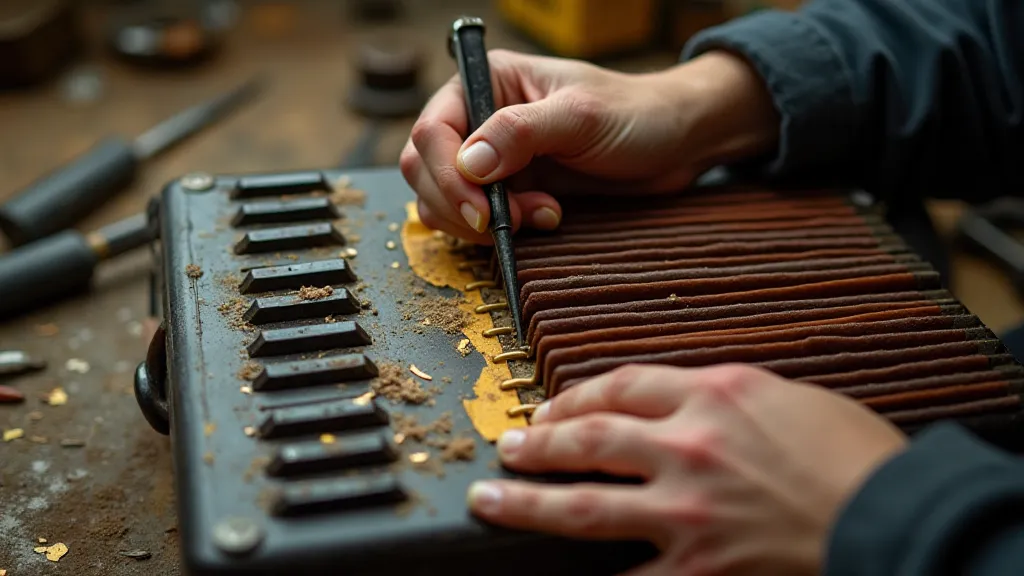
A Symphony of Stewardship: The Future of Wildcrafting
The scent of old wood and beeswax, the resonant tones of an antique accordion, the fragrance of a meadow brimming with wildflowers – these are all treasures worth preserving. The responsibility for their survival rests with us. Let us approach the act of gathering wild herbs, just as we would approach a cherished heirloom – with reverence, with respect, and with a deep understanding of the interconnectedness of all things. The health journey of our pets isn't static; it evolves alongside their age and changing circumstances. Recognizing this, integrating herbal remedies across different life stages requires thoughtful planning and a holistic understanding of their needs, as detailed in a pet’s chronology: integrating herbal remedies across life stages. This proactive approach ensures that our beloved companions receive the ongoing support they deserve, maintaining their vitality and well-being throughout their lives. Sometimes, allergies can complicate things; understanding how to navigate these challenges through carefully crafted herbal infusions can be a game-changer, as investigated in the canine compass: navigating allergies through herbal infusion.
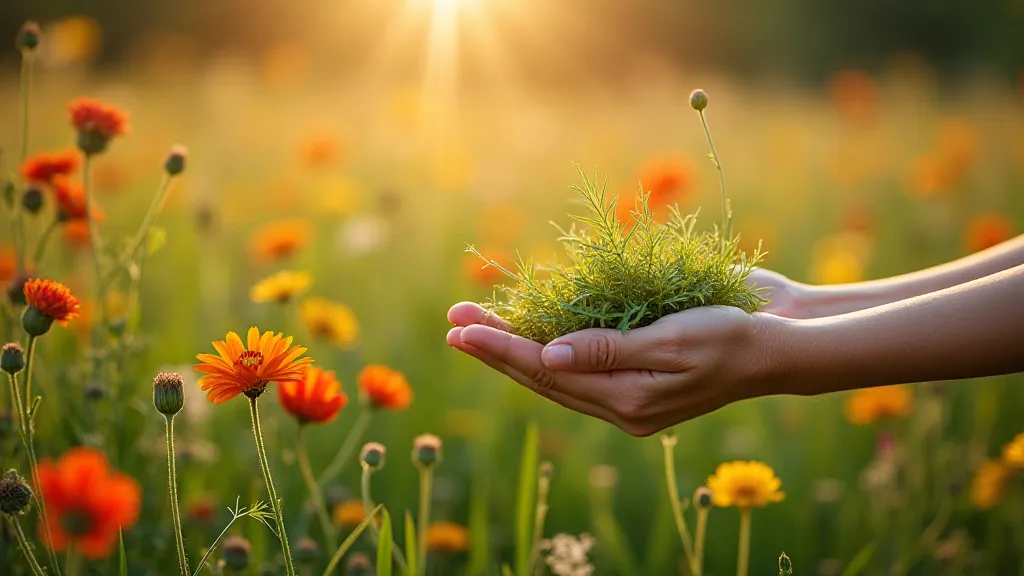
Beyond the immediate benefits of harvested herbs lies a broader responsibility – the conservation of the very ecosystems that sustain us. Understanding how these natural resources contribute to the overall well-being of our animal companions and the preservation of the meadows themselves is essential for a sustainable future. A symphony of stewardship, a harmonious blend of tradition and responsibility, a promise to protect the whispers from the meadow for all time.
